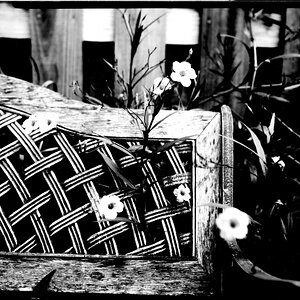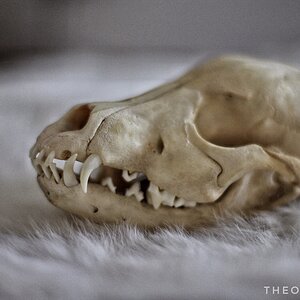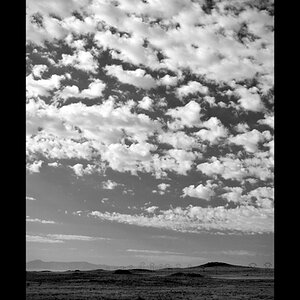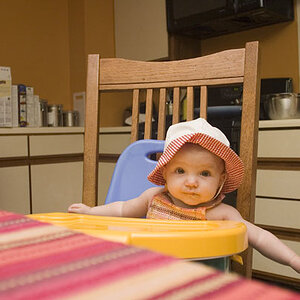Kramertron2000
TPF Noob!
- Joined
- Jul 28, 2018
- Messages
- 68
- Reaction score
- 23
- Can others edit my Photos
- Photos OK to edit
Hey guys, I just got a roll of Portra 400 (35mm) back that I shot through my Nikkormat, and have to say I wasn't all that impressed.
The grain was fairly nice, and it gave a fairly pleasing soft appearance, but I found most of the images to have weird colours. Many of them seemed overly yellow (almost like a sepia effect in some) and a couple had a bit of a bluish cast. Overall the colours were a bit boring, and lacked a lot of the vibrancy they had in real life. Ill upload some pictures later to demonstrate what I mean, but most of them were shot in bright daylight (from about 1pm to 3pm in the tropics).
I admittedly didnt choose the best lighting for many, and messed up the metering a lot too, so ended up with blown out highlights, but the overall colour rendition was weird on almost all of them. I found the same (but even more yellow) with Kodak ultramax, where I really liked the colours I got from fuji superia 400, which were more true to life and had nicer contrast.
Anyone else here not like portra all that much? Im trying out Ektar next, and Im hoping its purported vibrancy and high contrast is more up my alley.
By the way almost all of my shots were of plants/flowers and landscapes if that means anything.
The grain was fairly nice, and it gave a fairly pleasing soft appearance, but I found most of the images to have weird colours. Many of them seemed overly yellow (almost like a sepia effect in some) and a couple had a bit of a bluish cast. Overall the colours were a bit boring, and lacked a lot of the vibrancy they had in real life. Ill upload some pictures later to demonstrate what I mean, but most of them were shot in bright daylight (from about 1pm to 3pm in the tropics).
I admittedly didnt choose the best lighting for many, and messed up the metering a lot too, so ended up with blown out highlights, but the overall colour rendition was weird on almost all of them. I found the same (but even more yellow) with Kodak ultramax, where I really liked the colours I got from fuji superia 400, which were more true to life and had nicer contrast.
Anyone else here not like portra all that much? Im trying out Ektar next, and Im hoping its purported vibrancy and high contrast is more up my alley.
By the way almost all of my shots were of plants/flowers and landscapes if that means anything.


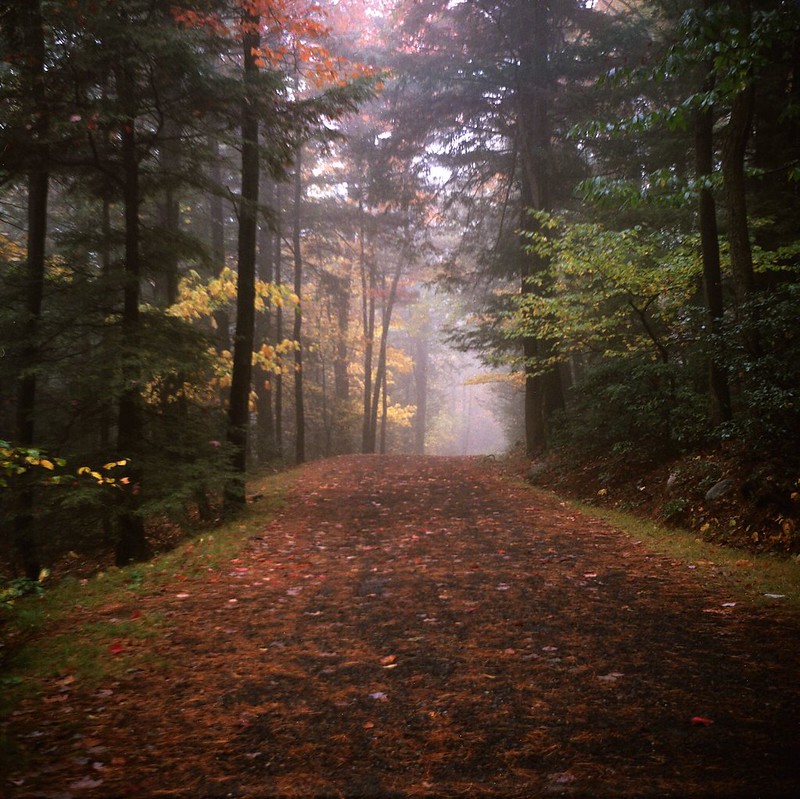
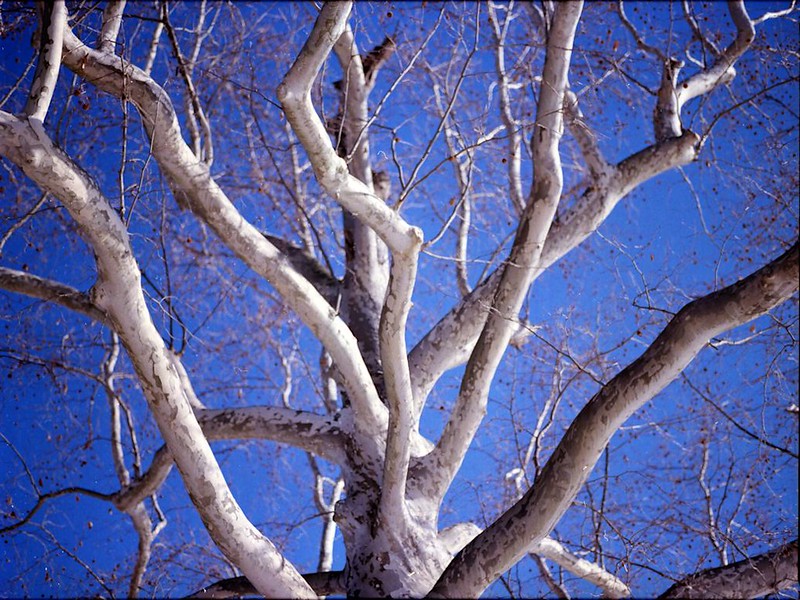




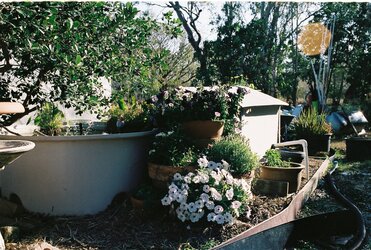
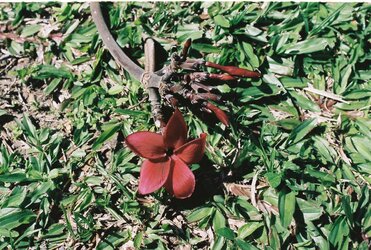
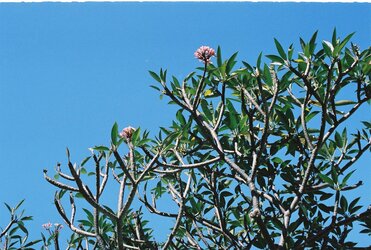

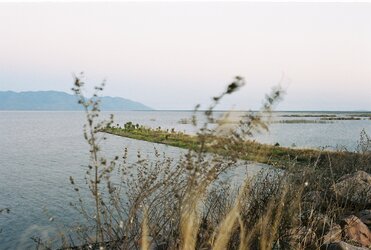
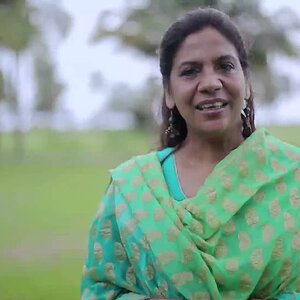
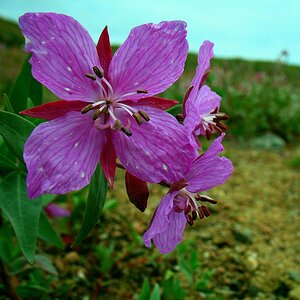
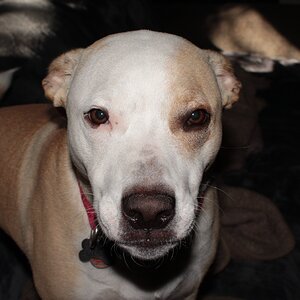

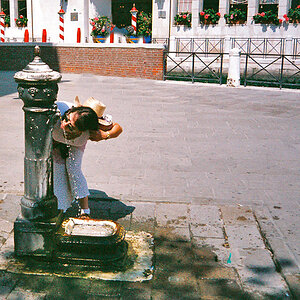
![[No title]](/data/xfmg/thumbnail/32/32805-61ca9a4fb87d37c0ef4f991ac1705e1f.jpg?1619735667)


